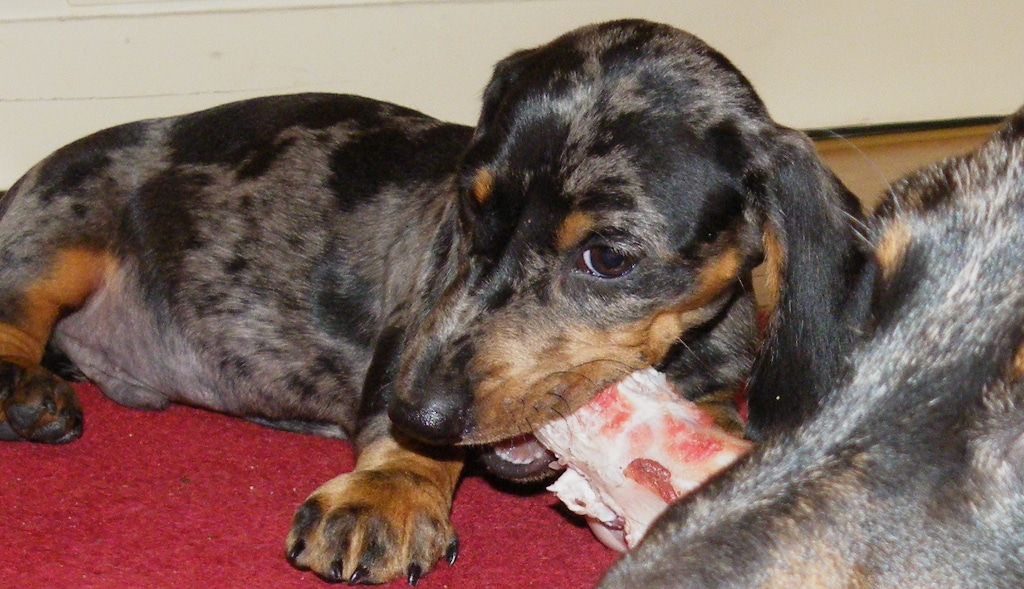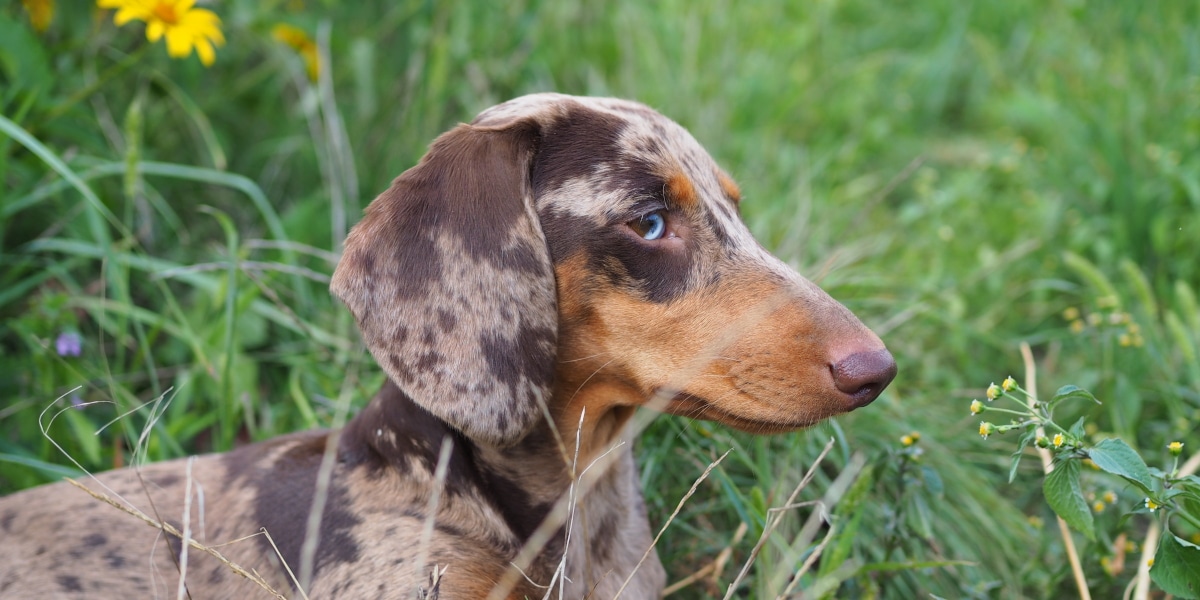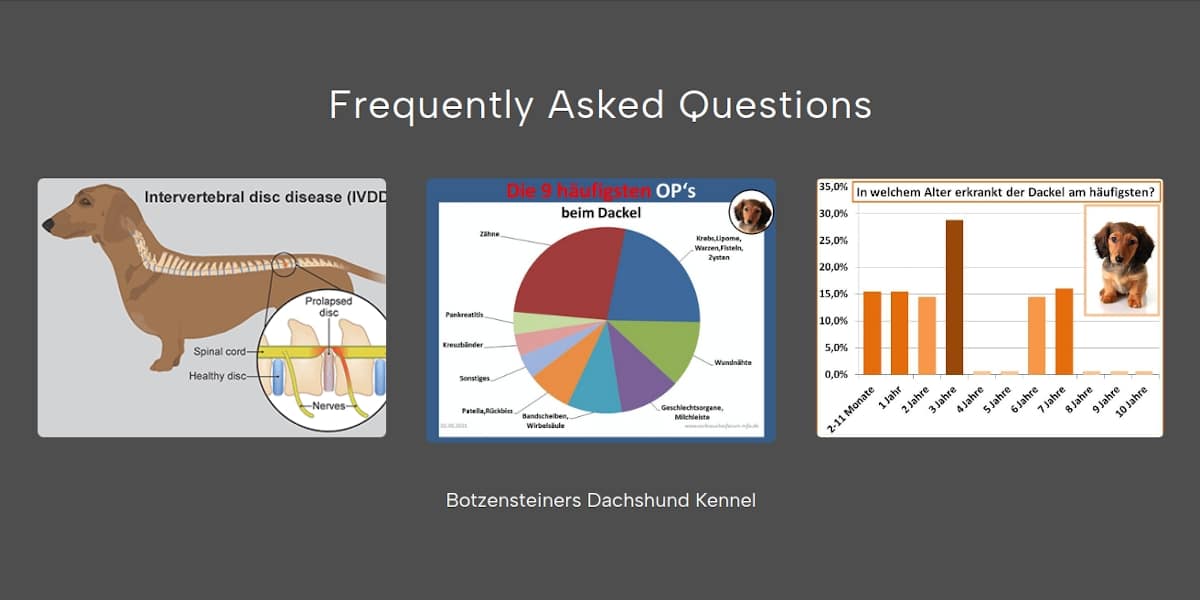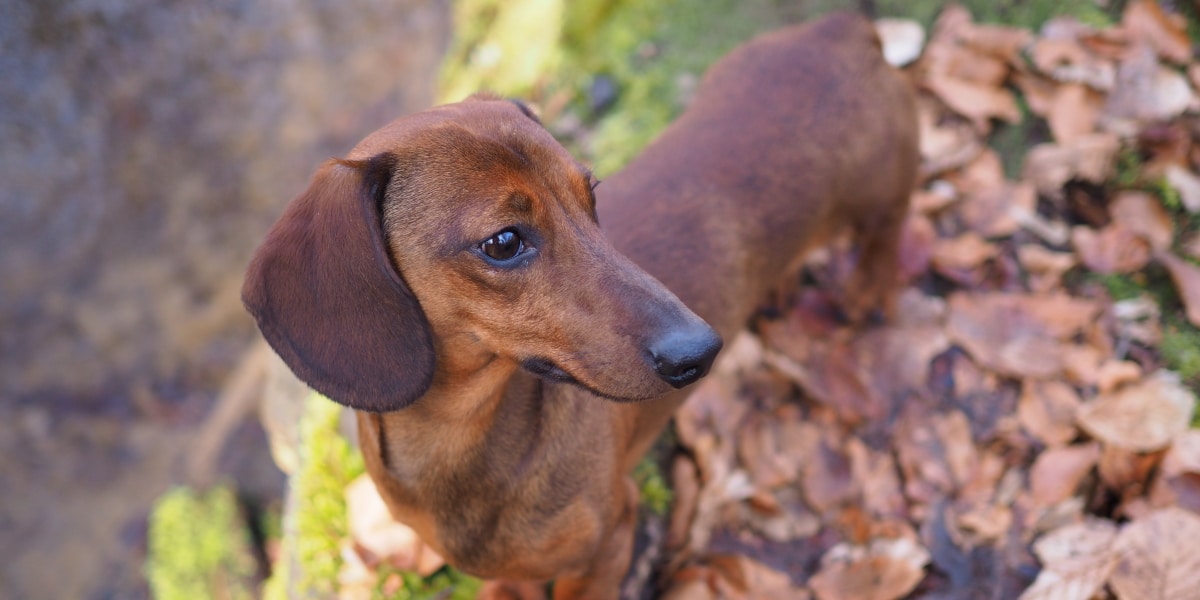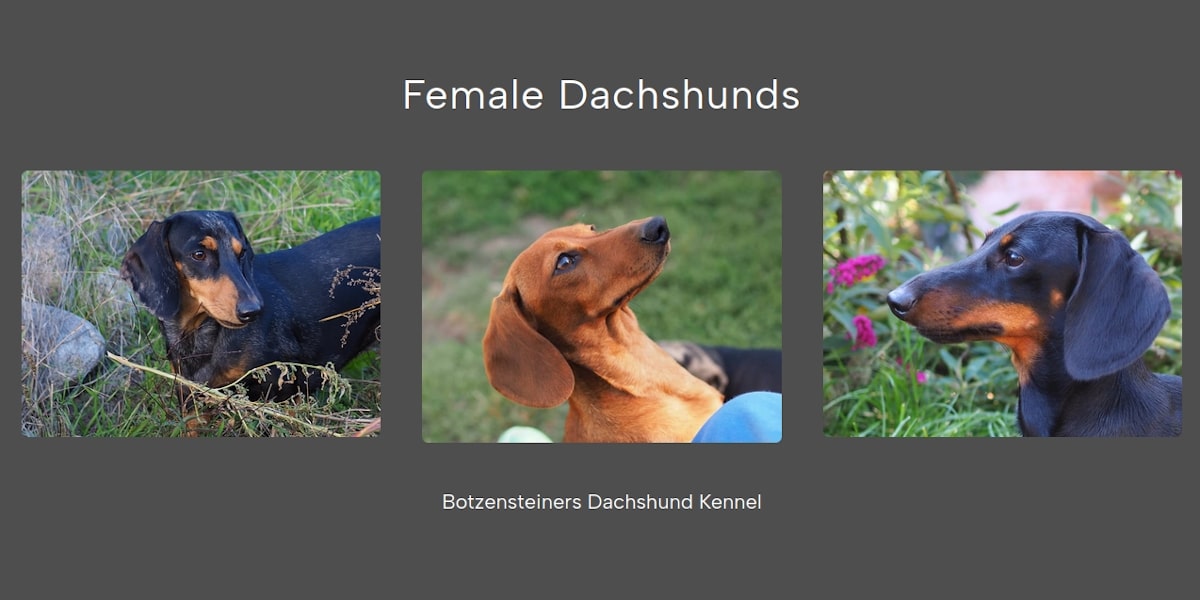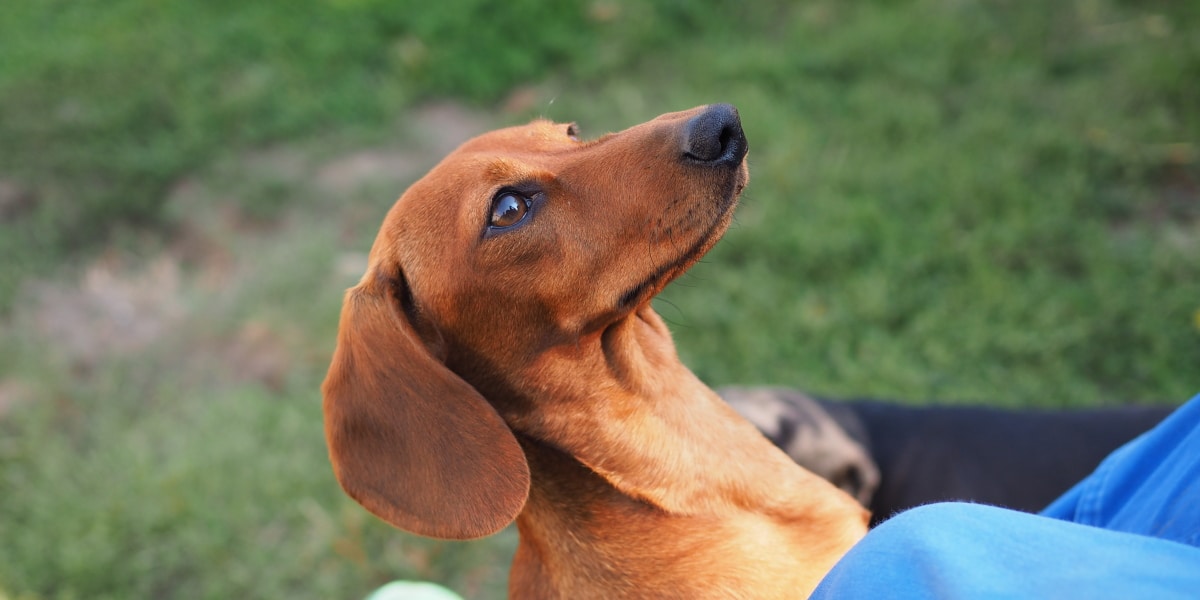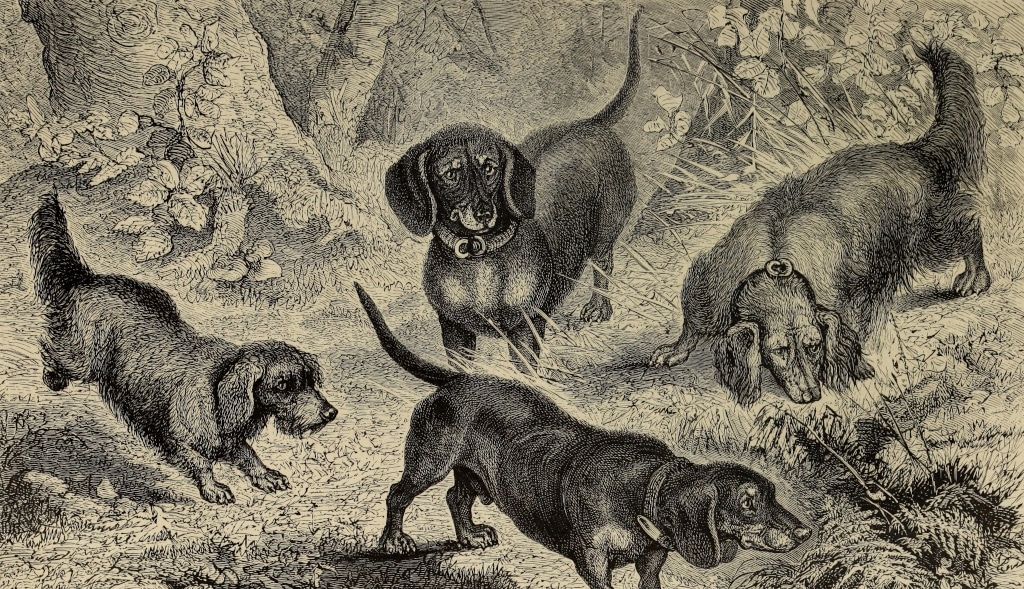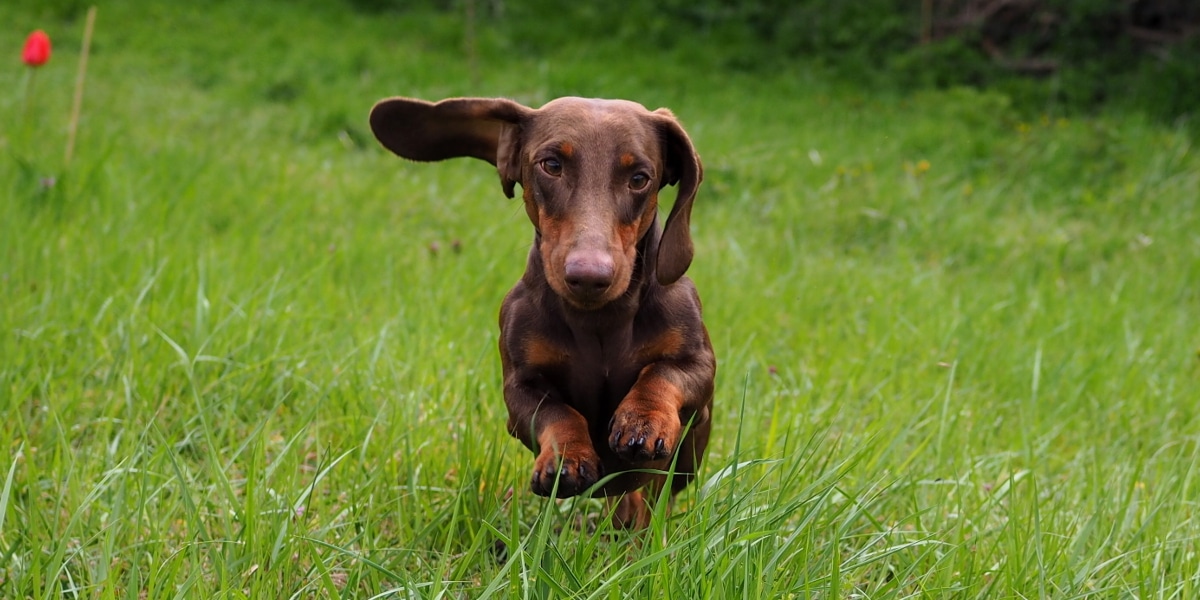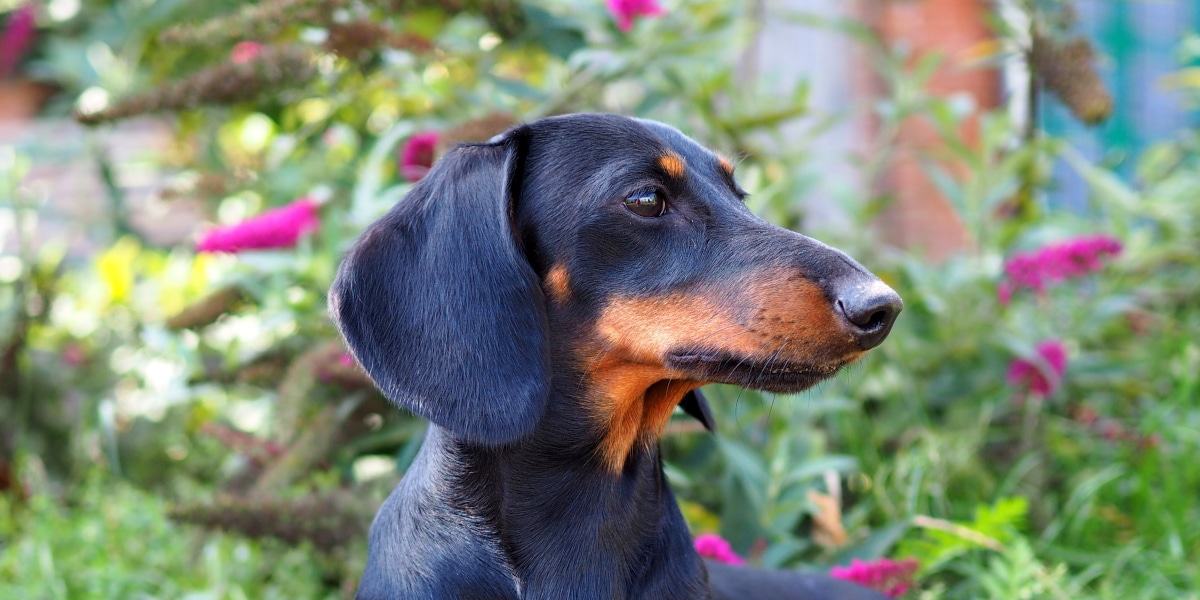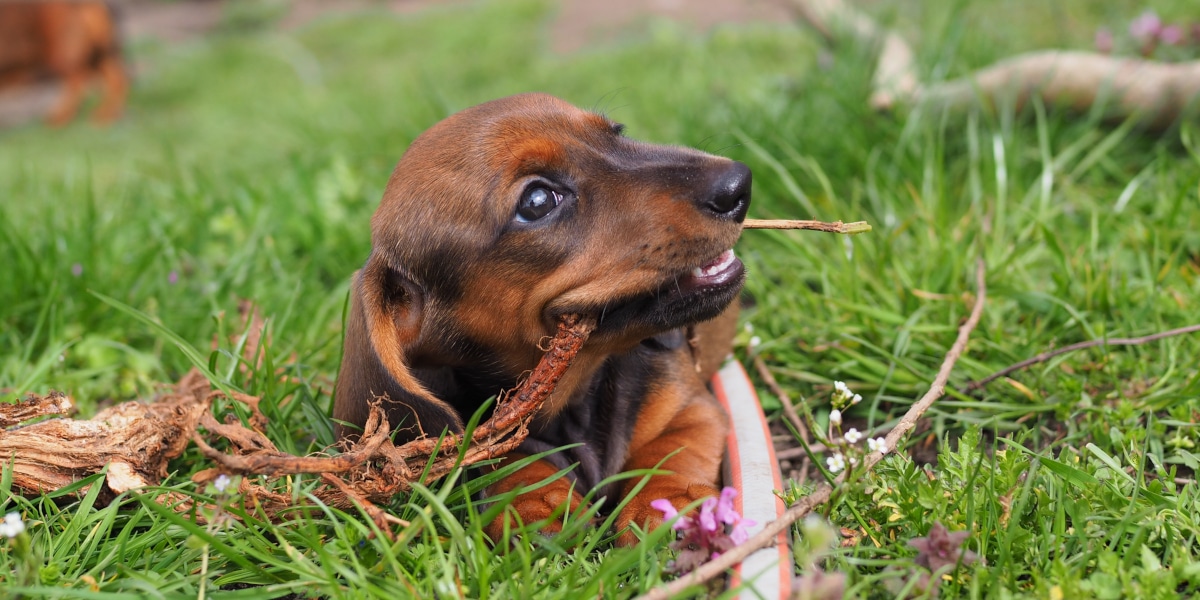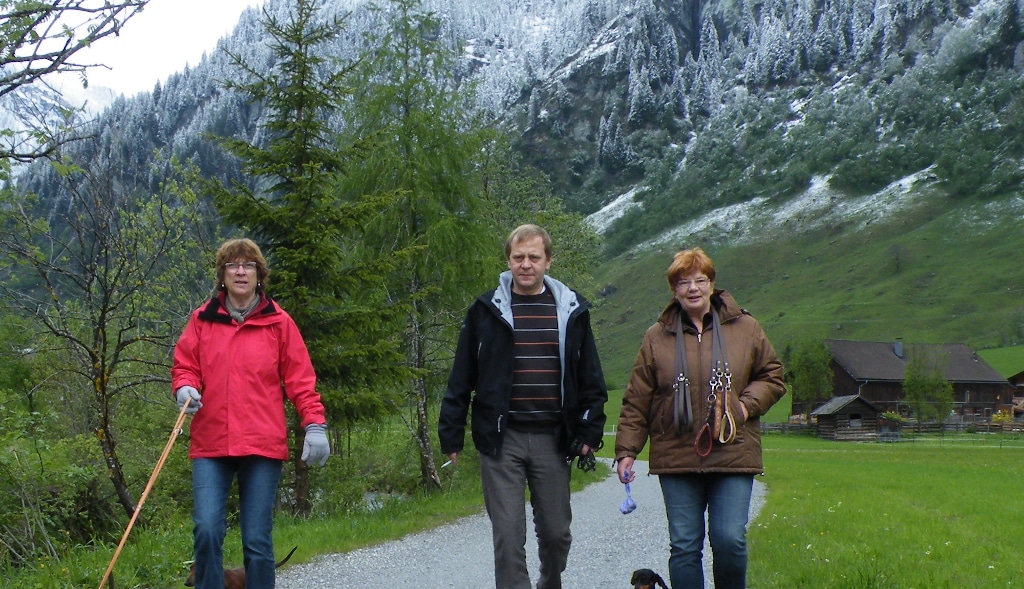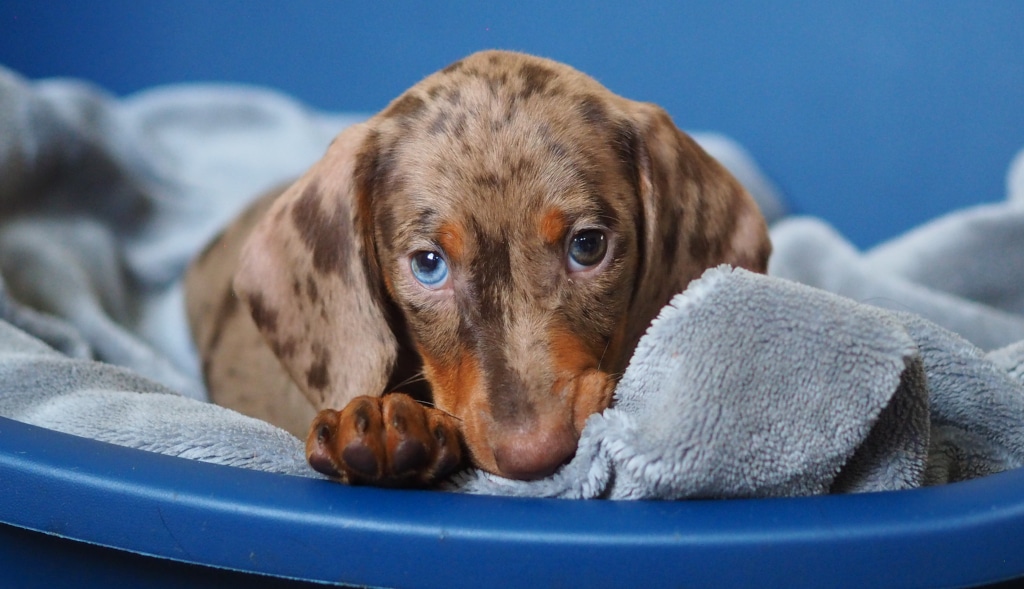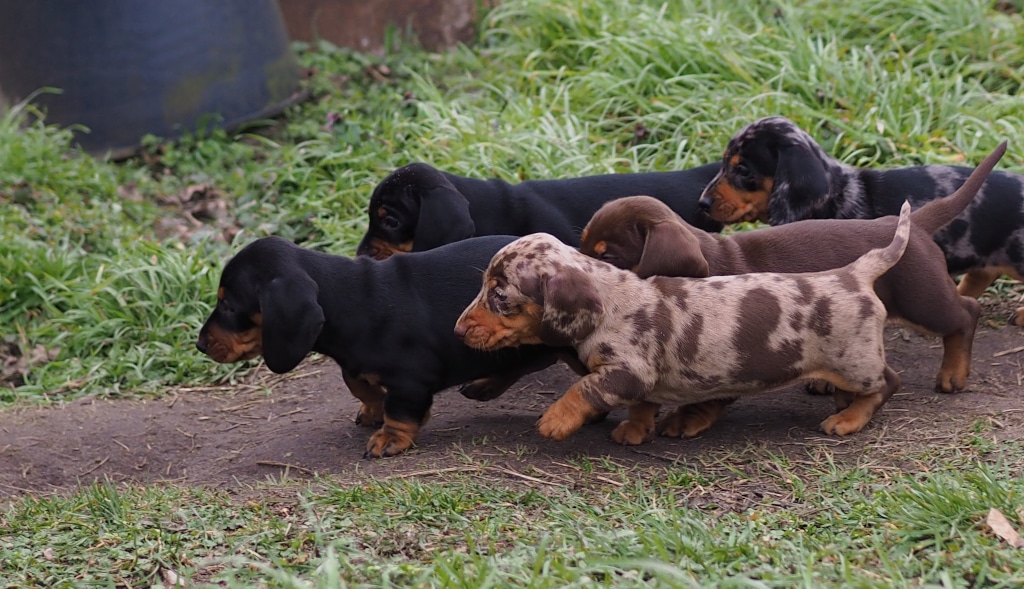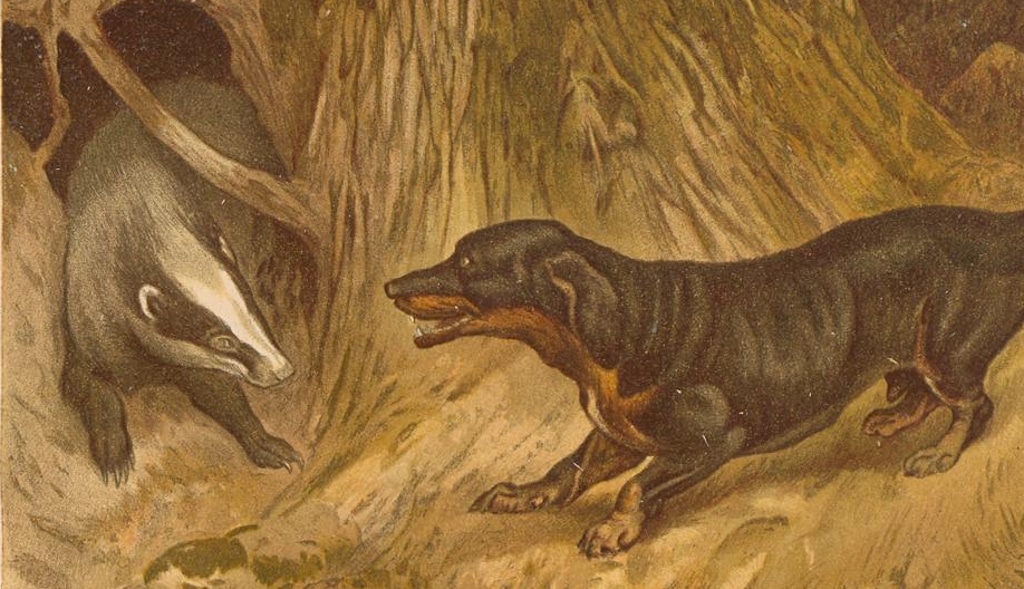Prevention is better than cure. Therefore, the lifestyle choices you can make are very important in reducing your dog’s risk of a back problem.
Recommendations of the Botzensteiners breeding community
- Keep your dachshund fit. The following applies to both humans and dogs: what the muscles are already able to do relieves the spine.
- Slowly increase the amount of exercise you “expect” of your dachshund puppy in line with his growth; but don’t pack him in cotton wool out of fear.
- Feed your dachshund carefully. This means a balanced diet and never too much, but always enough.
- Encourage your dog to enjoy water and swimming, as swimming relieves the strain on the vertebrae and strengthens the muscles.
- Refrain from long chasing games with the ball, especially with the help of “ball throwers”. Throw balls “girlishly” from below and long rather than high. They usually have better directional control and minimize ball bouncing.
- If you have a “ball-crazy” dog who does not accept the end of the game, it may help to replace the ball with a small apple. If the apple is eaten or nuked, it is sometimes easier to accept that the fun is over.
Risk factors for IVDD according to “DachsLife 2015”
In a web-based survey – not a scientific study, mind you – in which responses for 2031 Dachshunds were evaluated from January to April 2015, the following correlations between housing conditions and the risk of intervertebral disc disease (IVDD) were found, among others:
- Dogs that exercised for less than 30 minutes per day had an increased likelihood of developing IVDD, while dogs that exercised for more than 1 hour per day had a decreased likelihood of developing IVDD.
- Dogs that were considered highly active or moderately active had a lower IVDD probability than dogs that were considered not active at all.
- Dogs that were not allowed to jump on and off furniture had an increased likelihood of IVDD compared to those that were allowed.
- Dogs that participated in championship shows or open shows were less likely to be affected by IVDD than those that did not.
- Increasing age was associated with increased odds of IVDD, with dogs aged 8–10 years old at the highest odds of being affected by IVDD compared to 0–2 years.
- No significant associations with diet or treats were found.
IVDD risk is likely multifactorial and in addition to breed variety as a risk factor, a number of lifestyle based risk factors were found to be associated with IVDD, which may offer opportunities for owners and breeders to reduce the risk of IVDD in their dogs.
Department of Clinical Science and Services, Royal Veterinary College, Hatfield, Hertfordshire, UK
Link Tips:

